Here’s the good news: mushroom foraging season has no beginning or end! The mushroom kingdom’s vastness means species are growing all year round. Most mushrooms appear in spring, summer, and fall, but some types grow in the middle of winter.
To know when to forage, you must study the specific mushroom species, as they each have their preferred timing. The mushroom foraging season is also highly dependent on Mother Nature. A very rainy or super dry spring will affect the entire mushroom kingdom and its fruiting times. Because of this variability, determining the best time to forage is challenging.
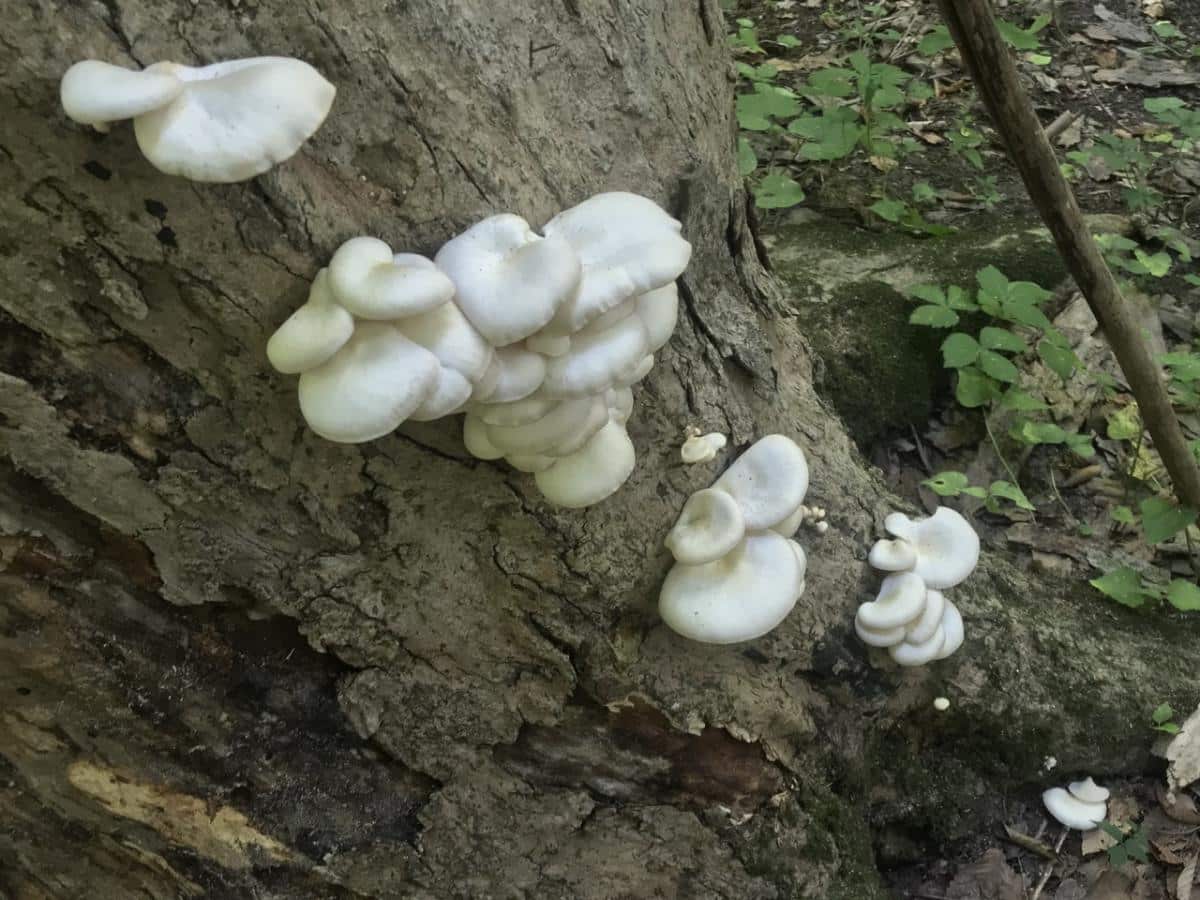
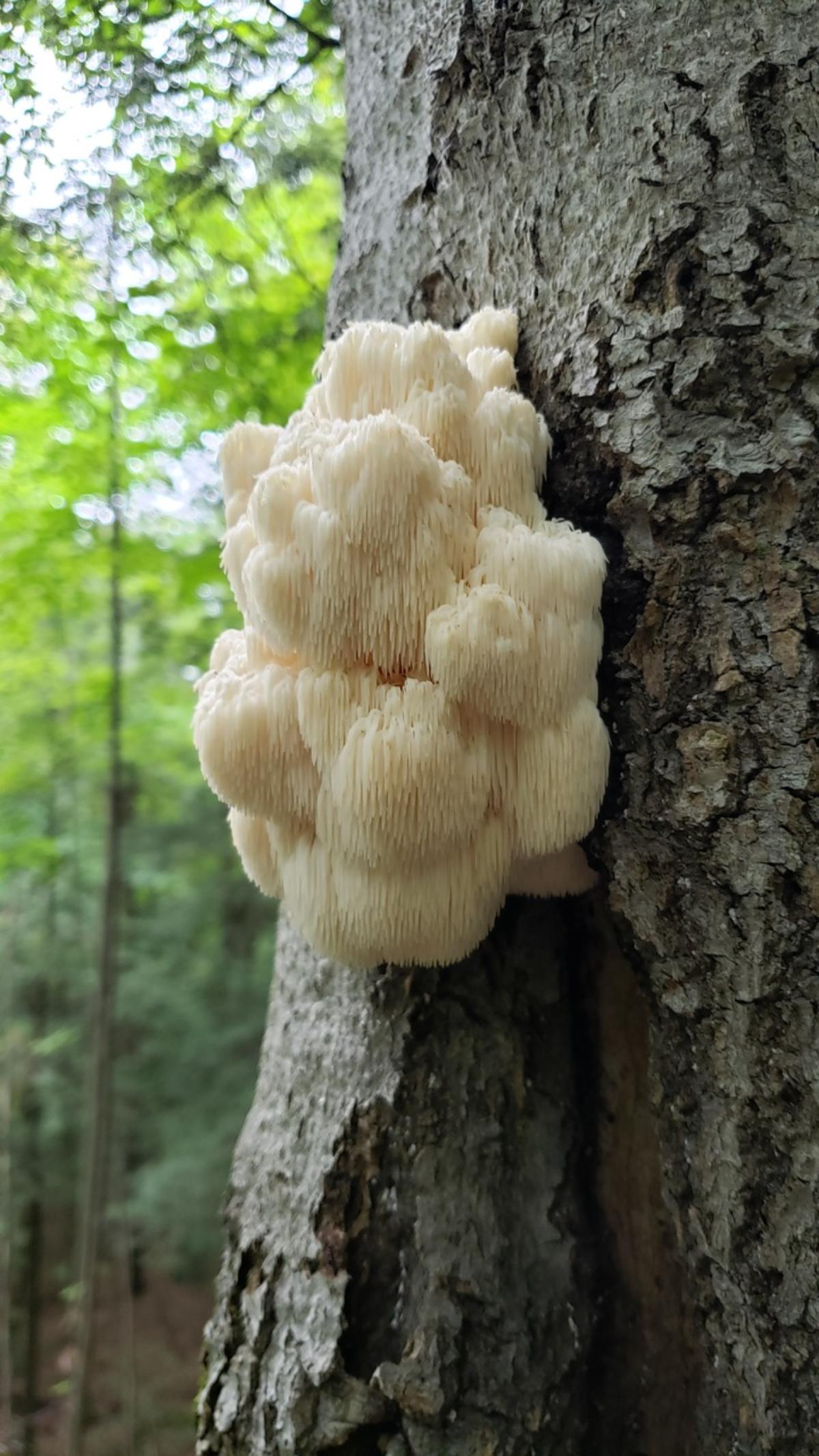
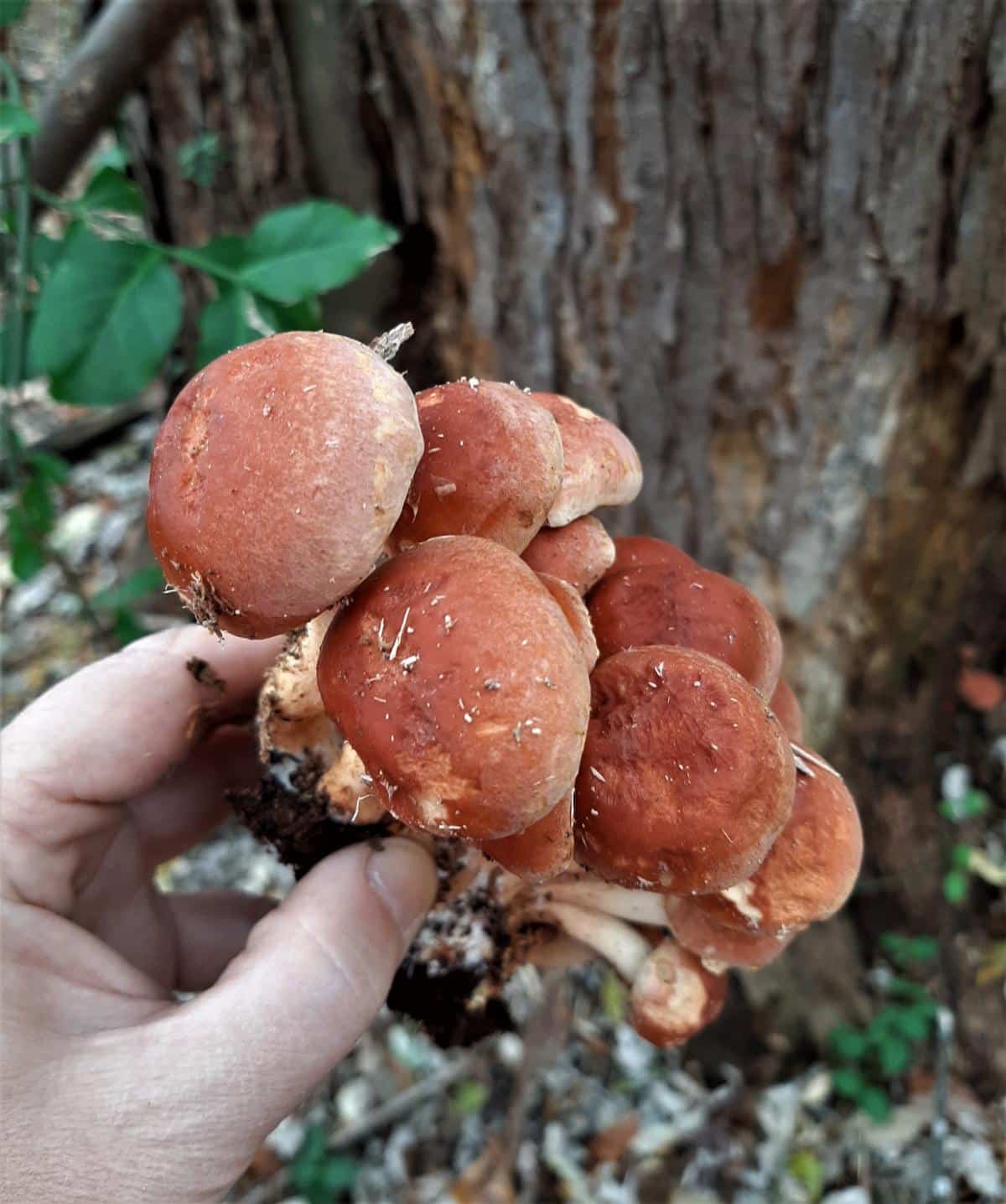
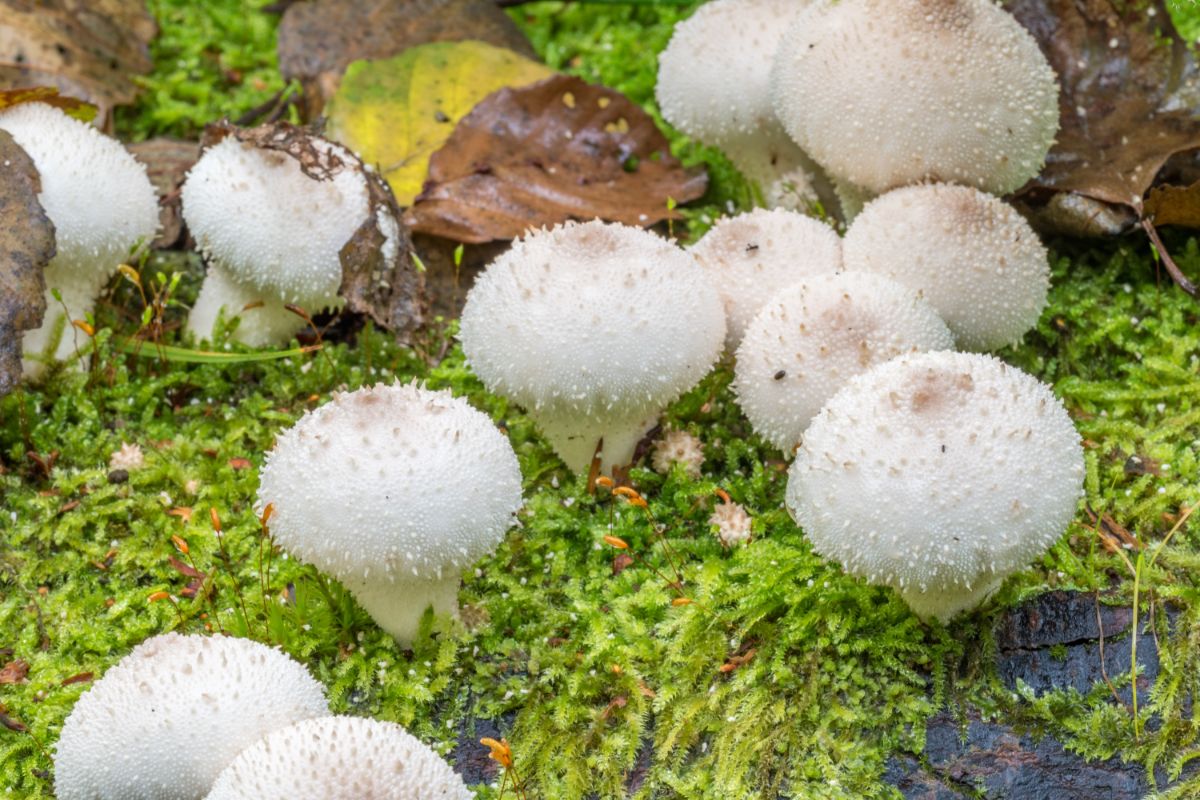
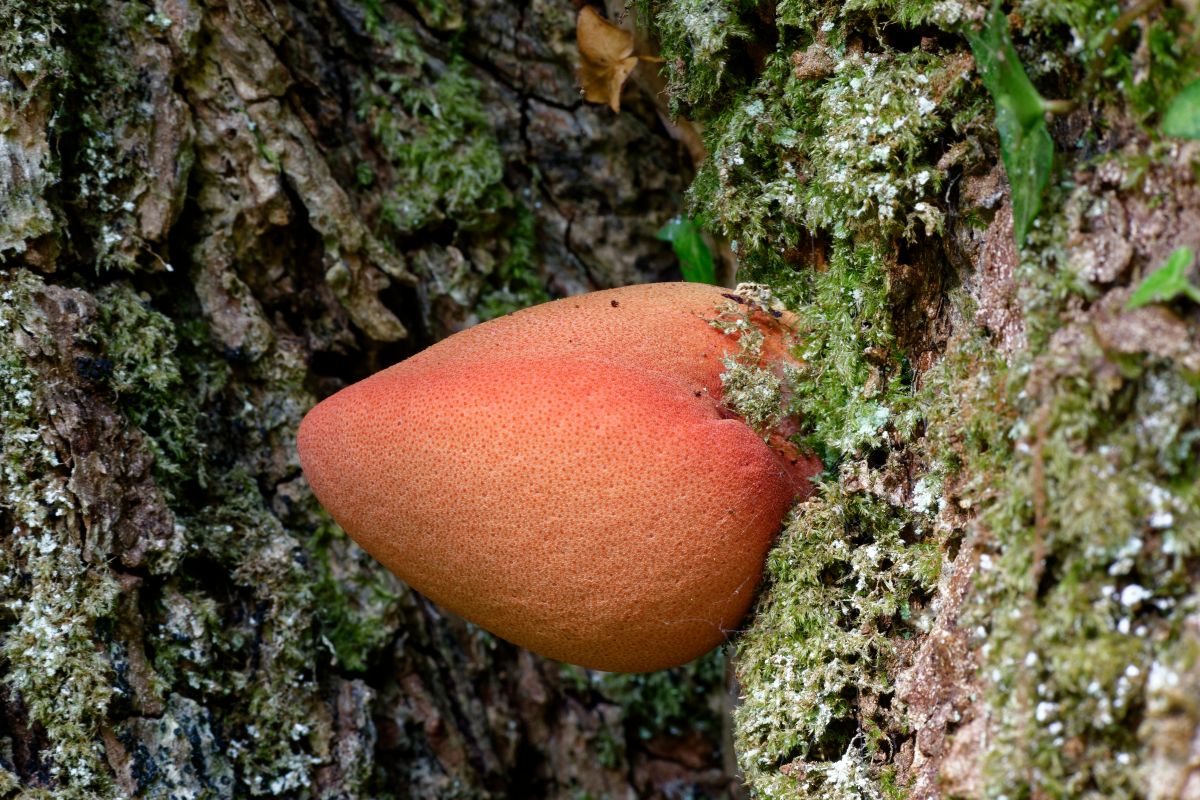
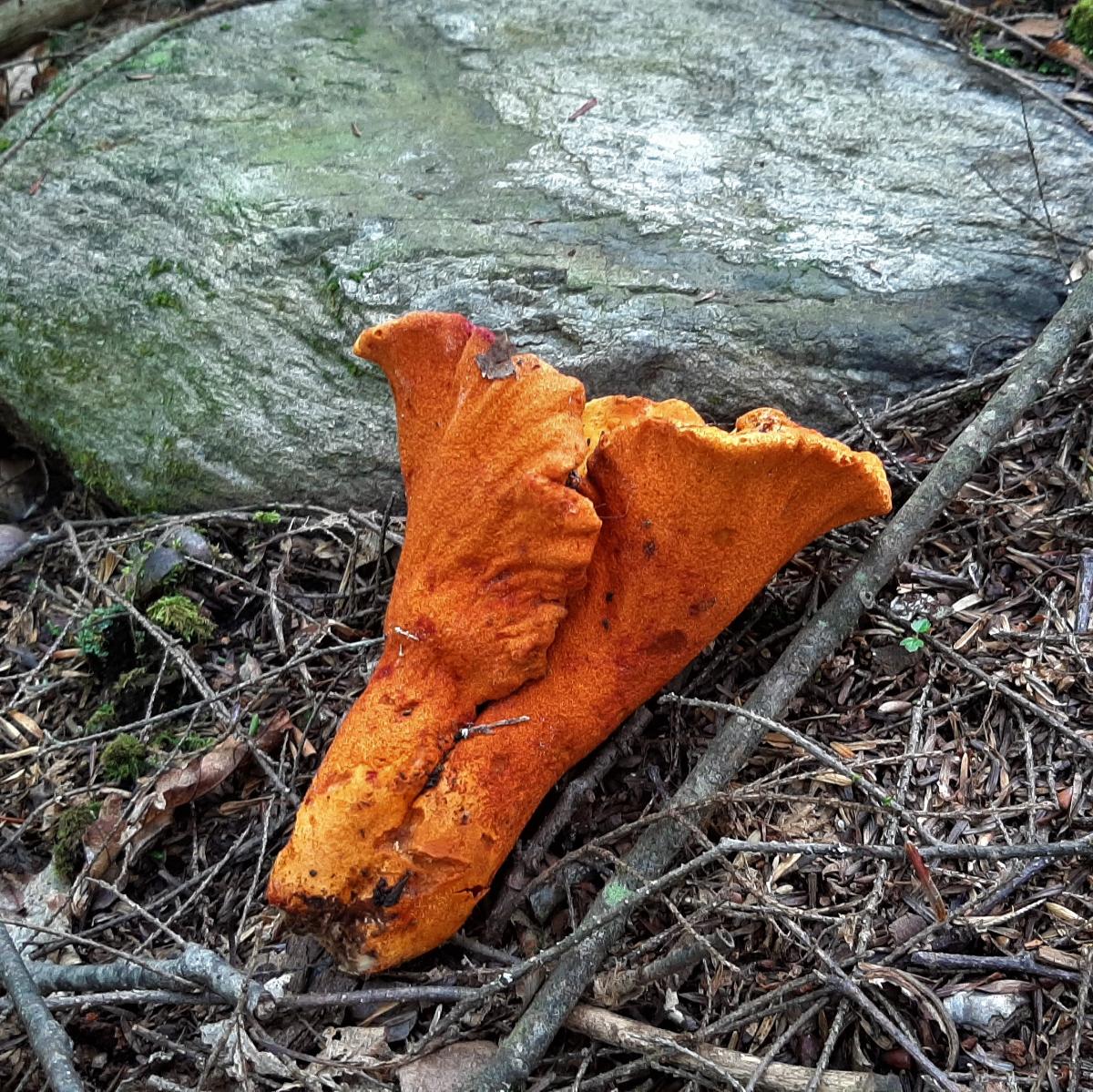
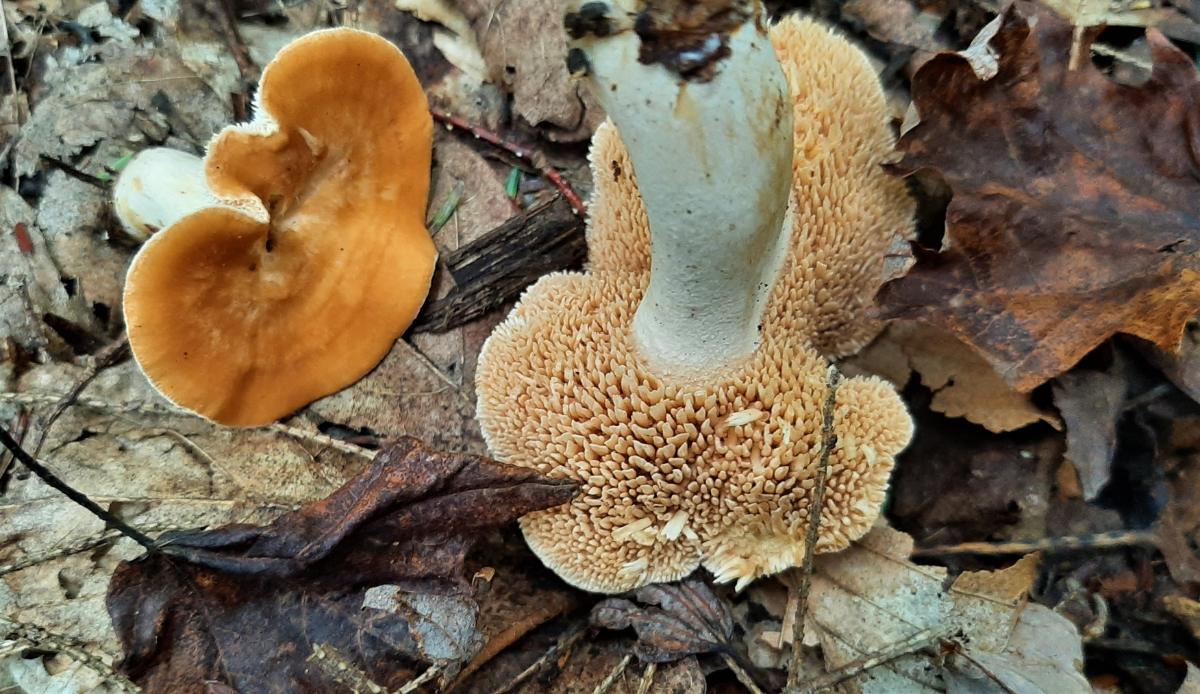
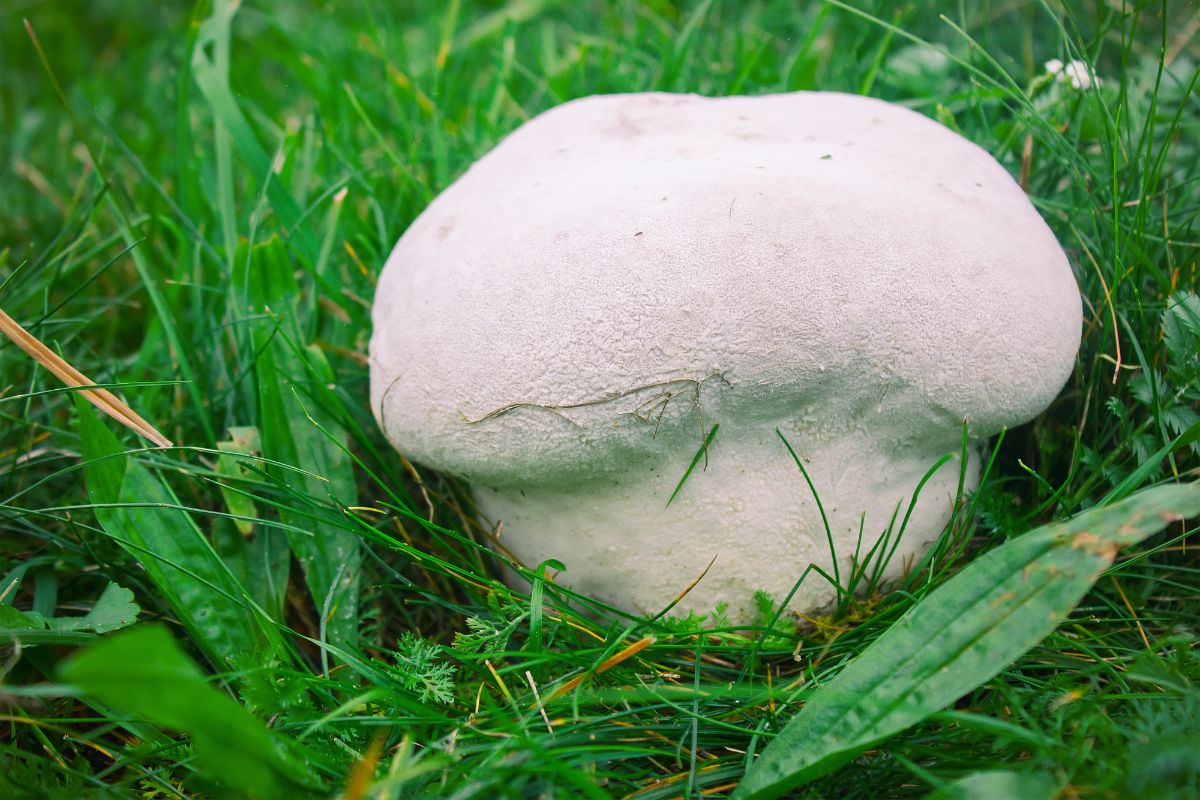
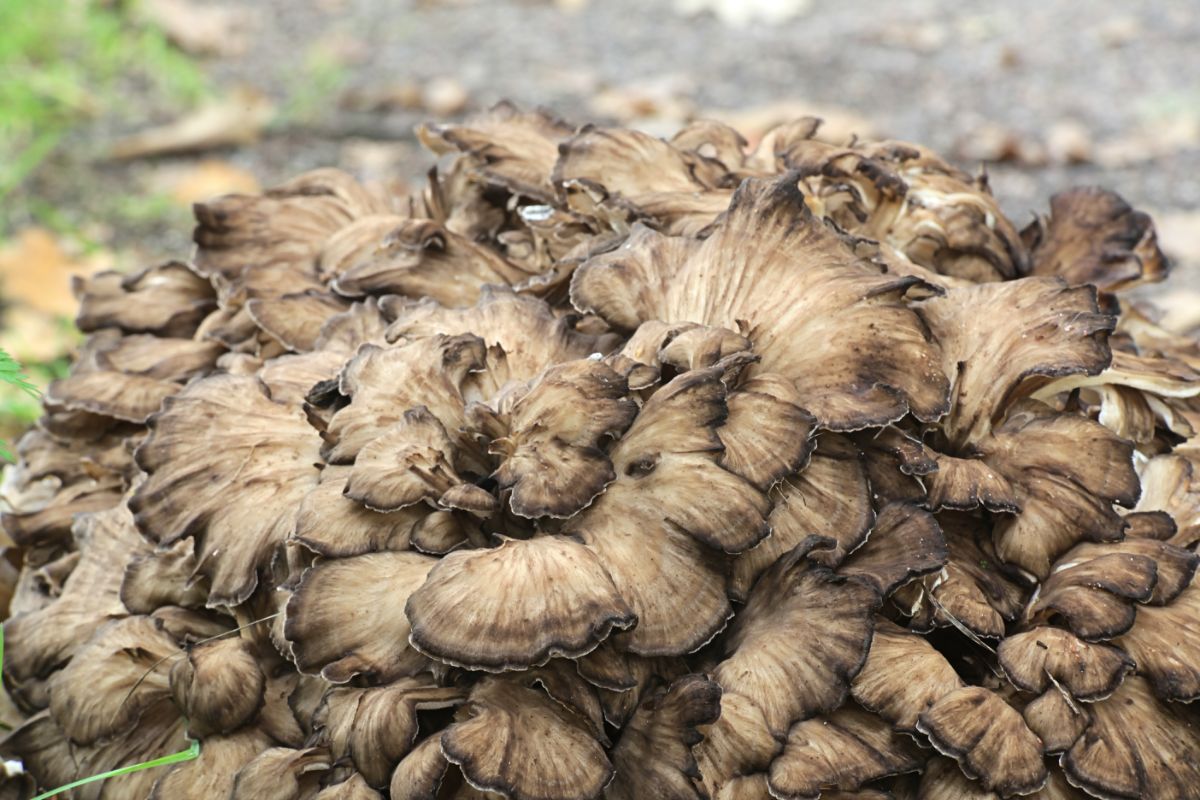
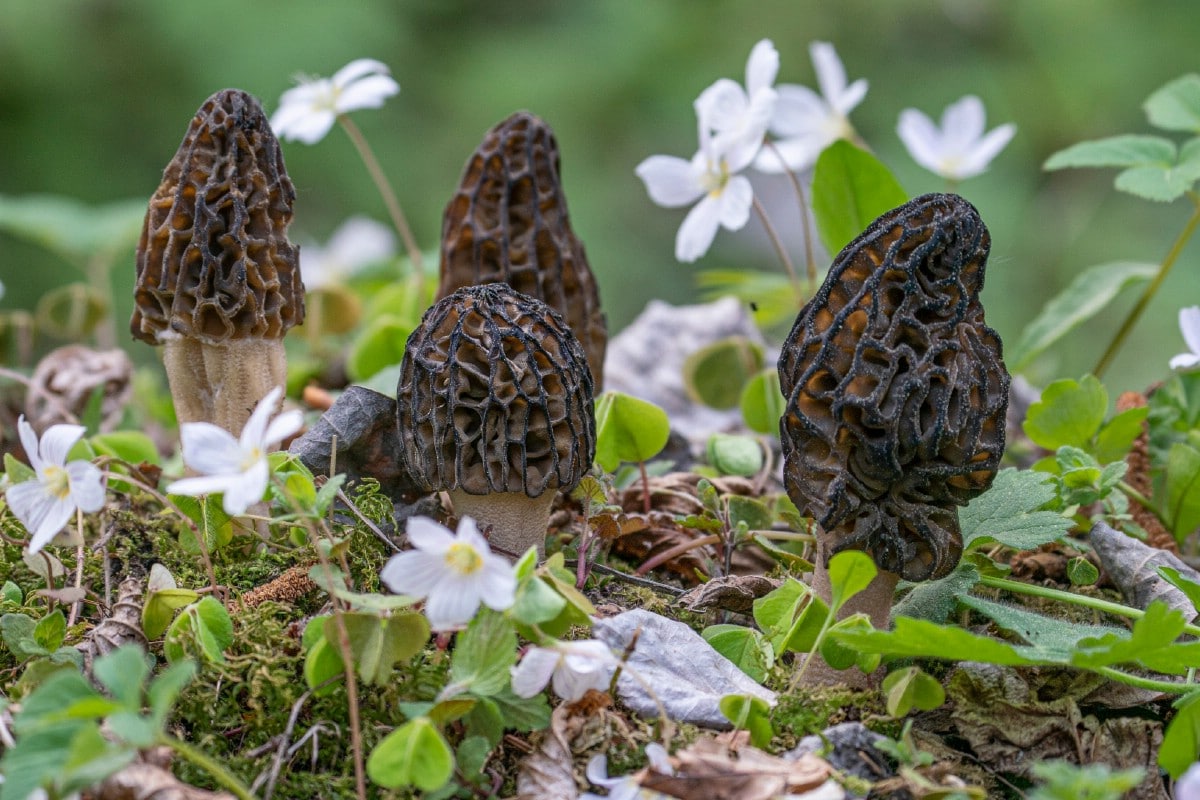
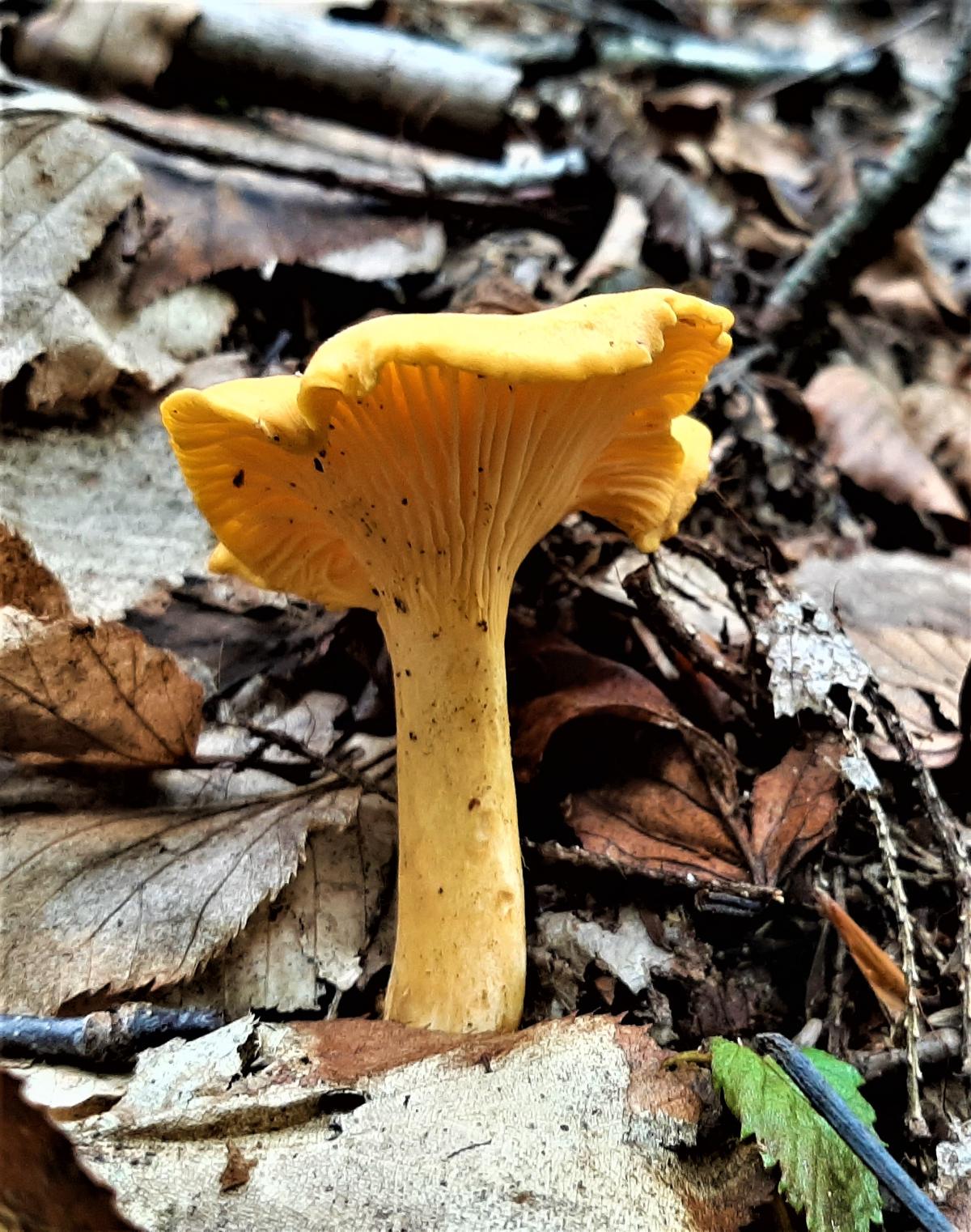
Foraging depends almost entirely on the year’s weather. If you’ve ever hung out with mushroom foragers, you quickly learn they are all obsessed with the weather! There is no precise prediction tool to determine accurate timing. The perfect time to hit the woods literally changes every year, depending on the weather forecast. And, if you’re looking for a very specific mushroom species, it gets even more challenging because they all act/react differently to weather conditions.
Learning when to go mushroom foraging takes a lifetime because it is constantly changing. The best practice is to take notes every year, including the year’s weather conditions, what mushrooms were found, and what time. The best mushroom hunters learn the exact mushroom foraging season for their region, microclimates, specific patches, and mushroom types — it’s actually quite unique to each forager and mushroom.
Jump to:
Mushroom Foraging Season By Type
Morels (Morchella sp.)
Morels are among the first to appear in spring and mark the beginning of the foraging season for most mushroom hunters. Morels fruit as soon as the weather is warm enough. And they don’t need it that warm. They’ll start in the PNW and southern states in March or April, then show up in the Northeast in mid-May or later.
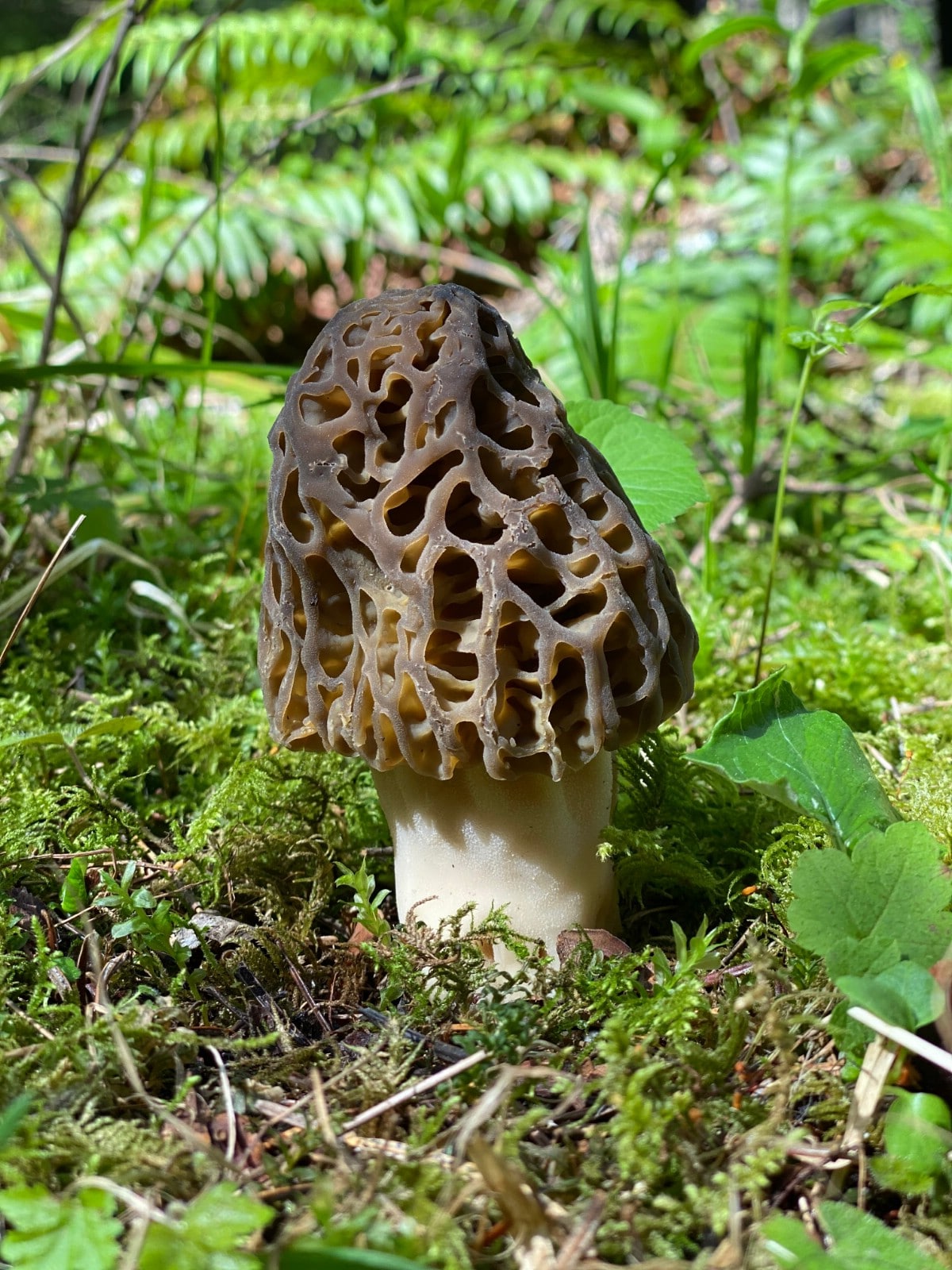
Oysters (Pleurotus sp.)
The fruiting time for oysters is highly variable. This is due to the weather, but also there are several types of oysters, and each has its own needs. All oysters prefer cooler, wet weather. The most common oyster mushroom, Pleurotus ostreatus, fruits in early spring thru very early summer and then usually again in the fall.
Oyster mushrooms often fruit before morels in some regions. However, they don’t usually appear in mass quantities. Fall-fruiting oysters are generally more widespread and abundant. Oyster mushrooms are quite cold-hardy; it’s not unusual to see them frozen on trees in early winter. They’re good to harvest until they decay due to frequent freezing and thawing.
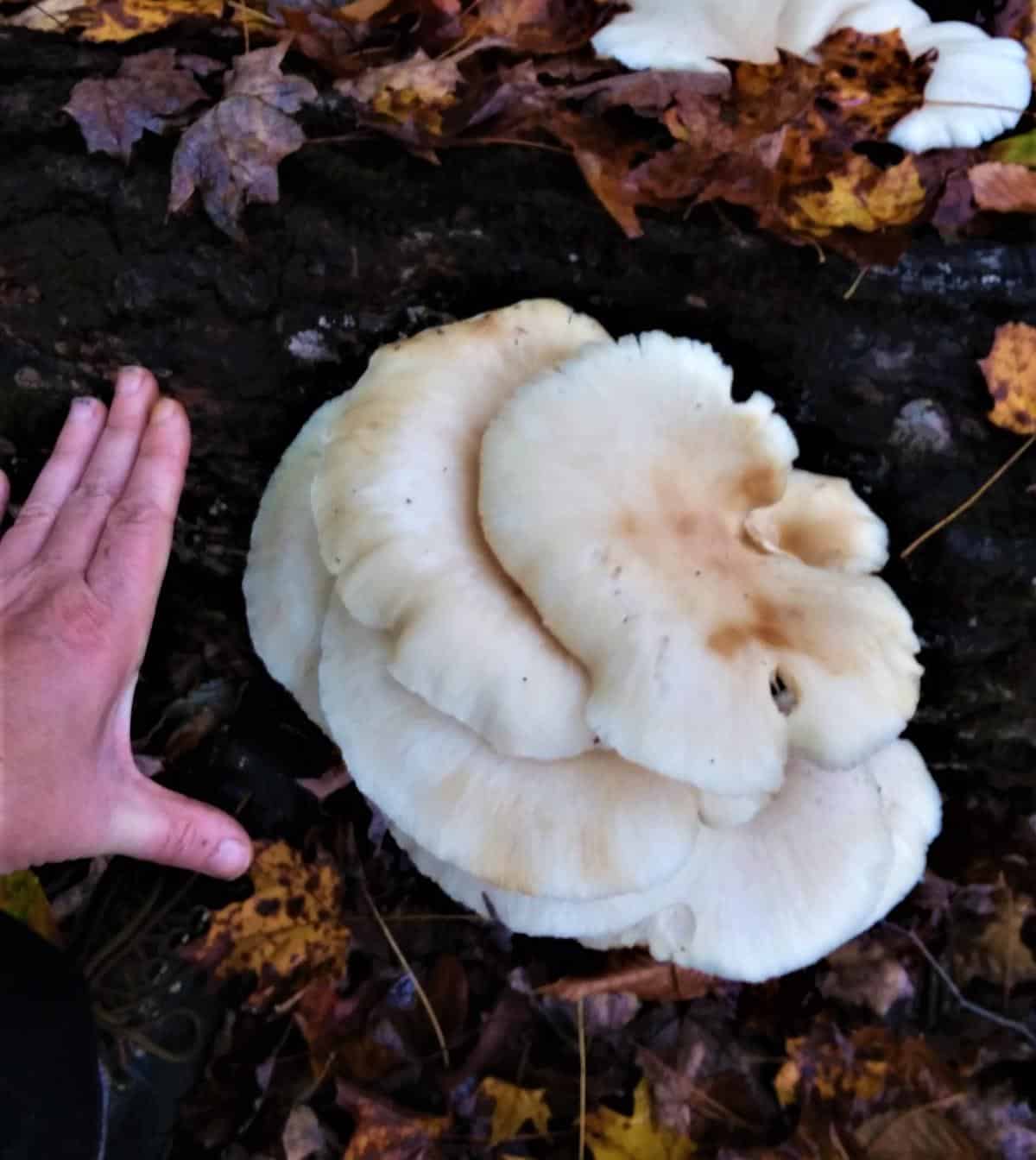
Chanterelles (Cantharellus sp.)
Chanterelles like wet, humid, rainy weather. This means they’re most likely to occur in late spring, summer, and early fall. Again, it all depends on the weather. A very dry summer usually means low chanterelle numbers. The good thing is that their growing season is more extended, so they might have a comeback if the weather improves for them.
The best practice is always to be on the lookout for them, especially in the summer and fall. Even a late-October heat wave can trigger them. The southeast US may see them in early spring into late summer because the weather is warm enough. The PNW might find them as early as June, but they usually don’t appear until July or August.
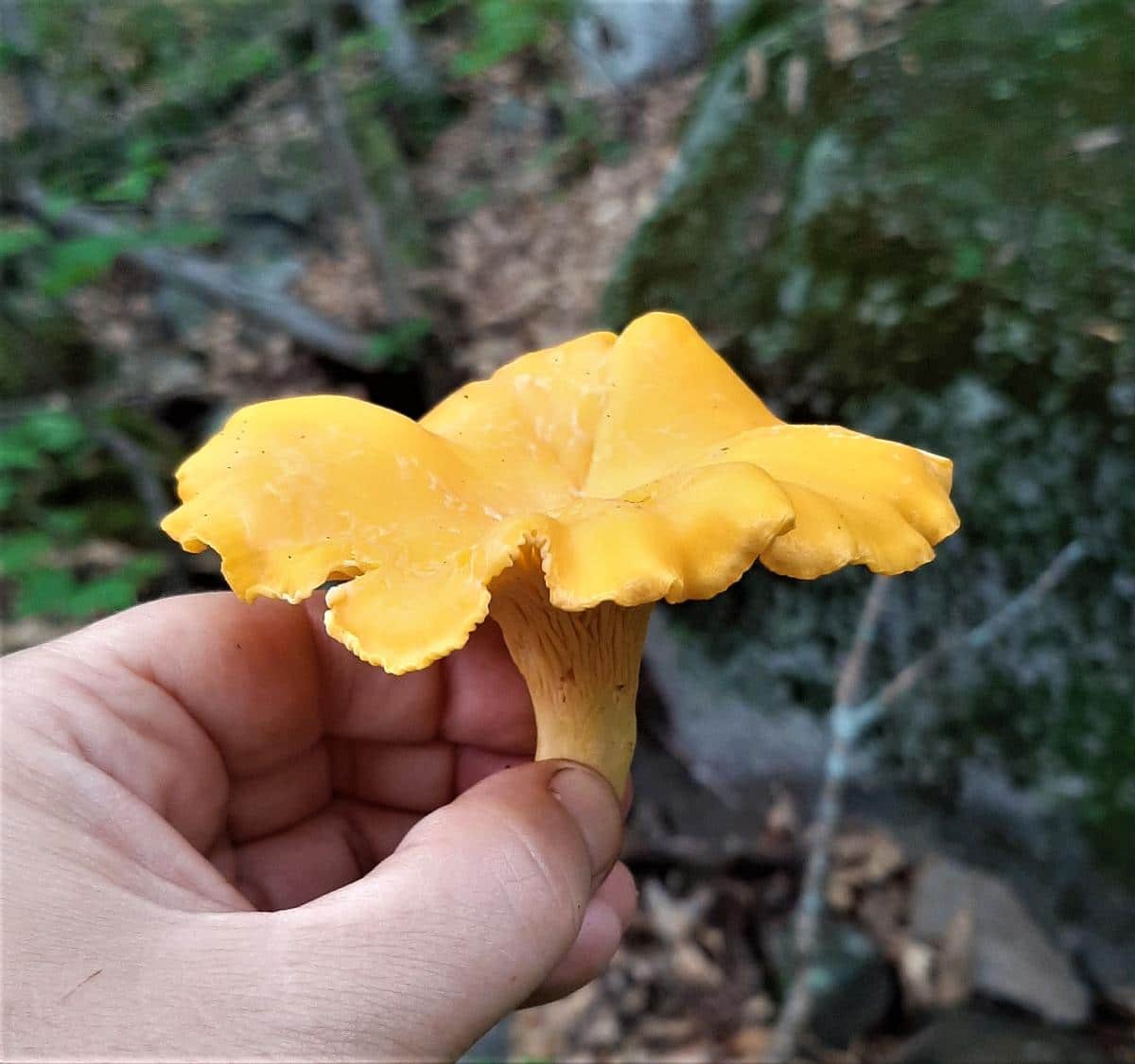
Chicken of the Woods (Laetiporous sp.)
Chicken of the Woods is one of those mushrooms that shows up when it wants. There are several different species in North America, and they don’t all fruit at the same time. In general, they can be found from late spring through fall. It’s a long season, but it is entirely dependent on the weather, the individual species, and, I’m sure, how the mycelium is feeling that year.
A good forager is always on the lookout for this prized mushroom. The good news is that chicken of the woods grows in the same spot yearly. So, once you find one, check back the following year around the same time. This isn’t always the case, but it’s an excellent method to follow so you don’t miss them.
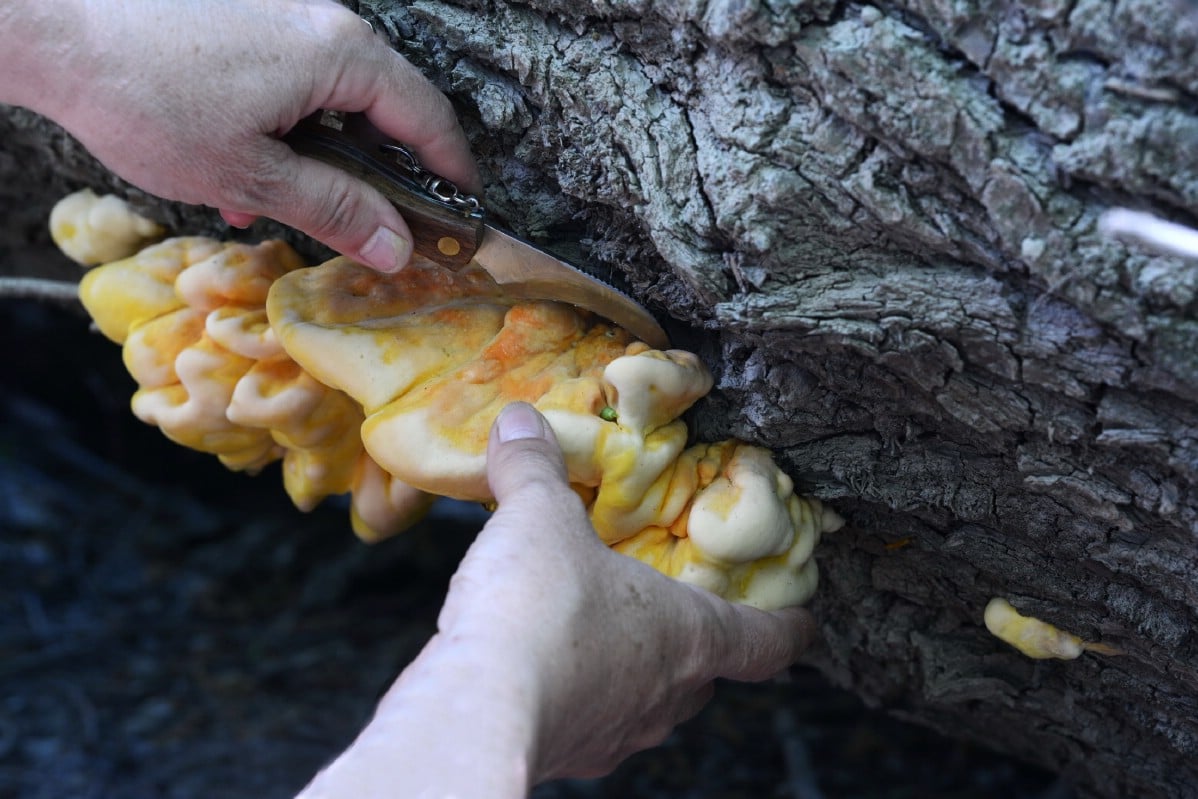
Porcini (King Bolete) (Boletus edulis)
Porcini are a late summer and fall mushroom. This is specifically for the King Bolete. There is also the Spring King, Stout King, and Queen, which look (and taste) very similar but show up at different times. They like conifers, lots of forest duff, and cool weather. Start looking for them in September and keep looking until December, especially in the PNW.
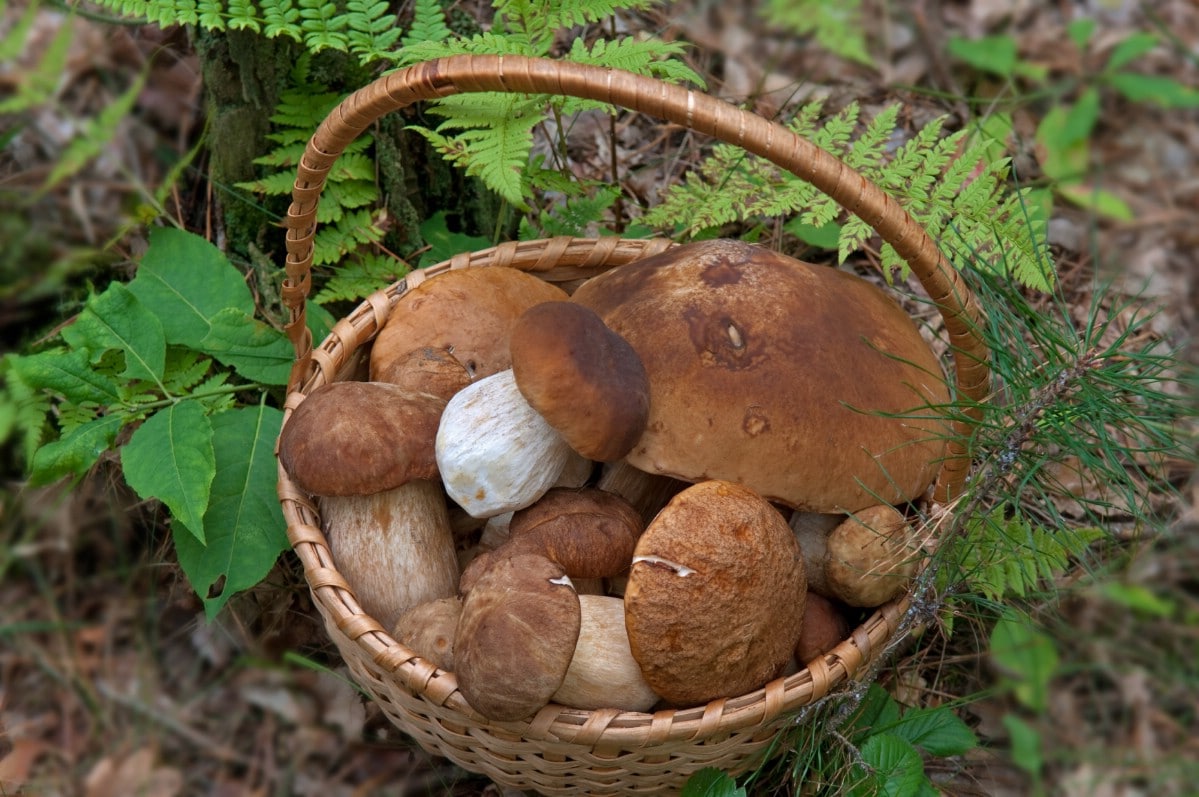
Lobsters (Hypomyces lactifluorum)
This hard-to-miss parasitic mushroom appears from summer through fall. Lobsters tend to be more abundant after a rainy period, but they’re a hard one to predict. Their appearance depends on when their host mushrooms (Lactarius and Russula) fruit. If those mushrooms are late due to less-than-ideal weather conditions, so too will the lobster be late to appear. The downside to lobster mushrooms is that they rot quickly, so any finds need to be prepared within a few days.
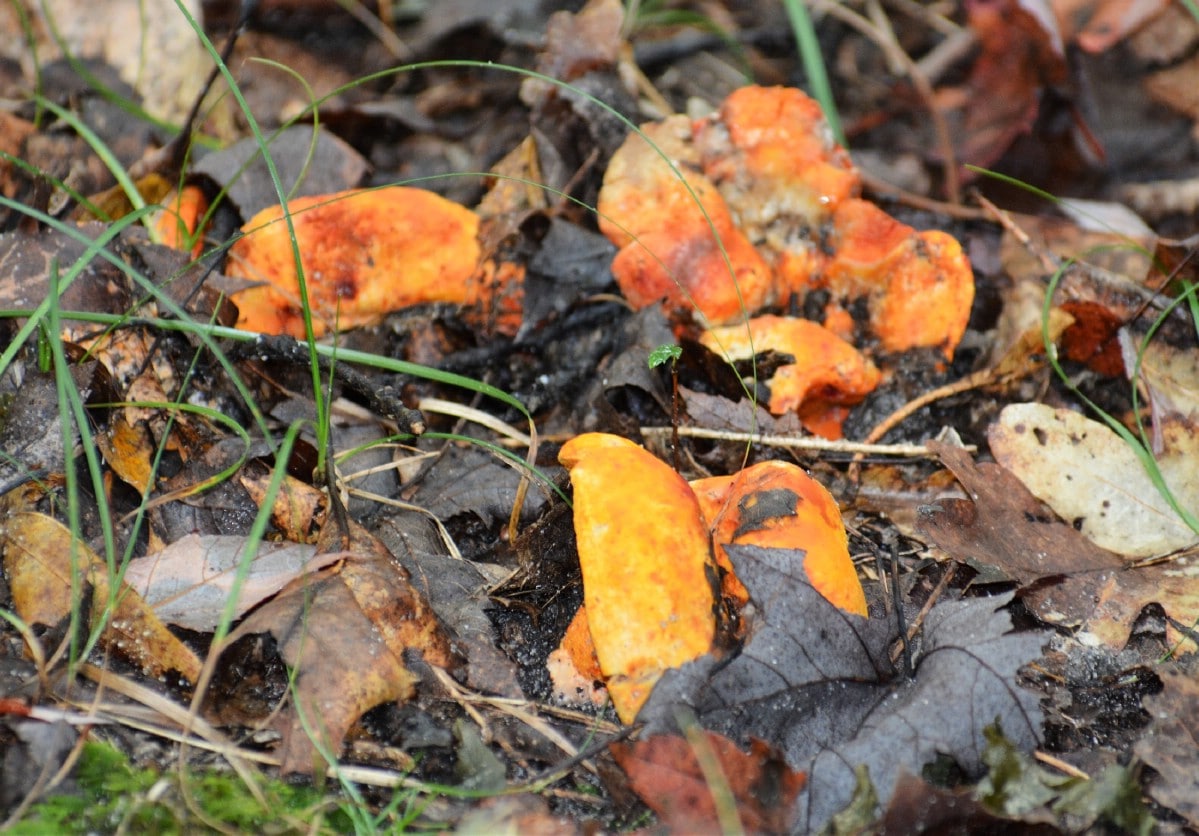
Lion’s Mane (Hericium sp.)
This is a cool-weather fruiter that waits until the heat of the summer is done. All Hericium species might appear in late summer but are more common in the fall. They grow quickly once they start, so keep an eye out for them on autumn hikes.
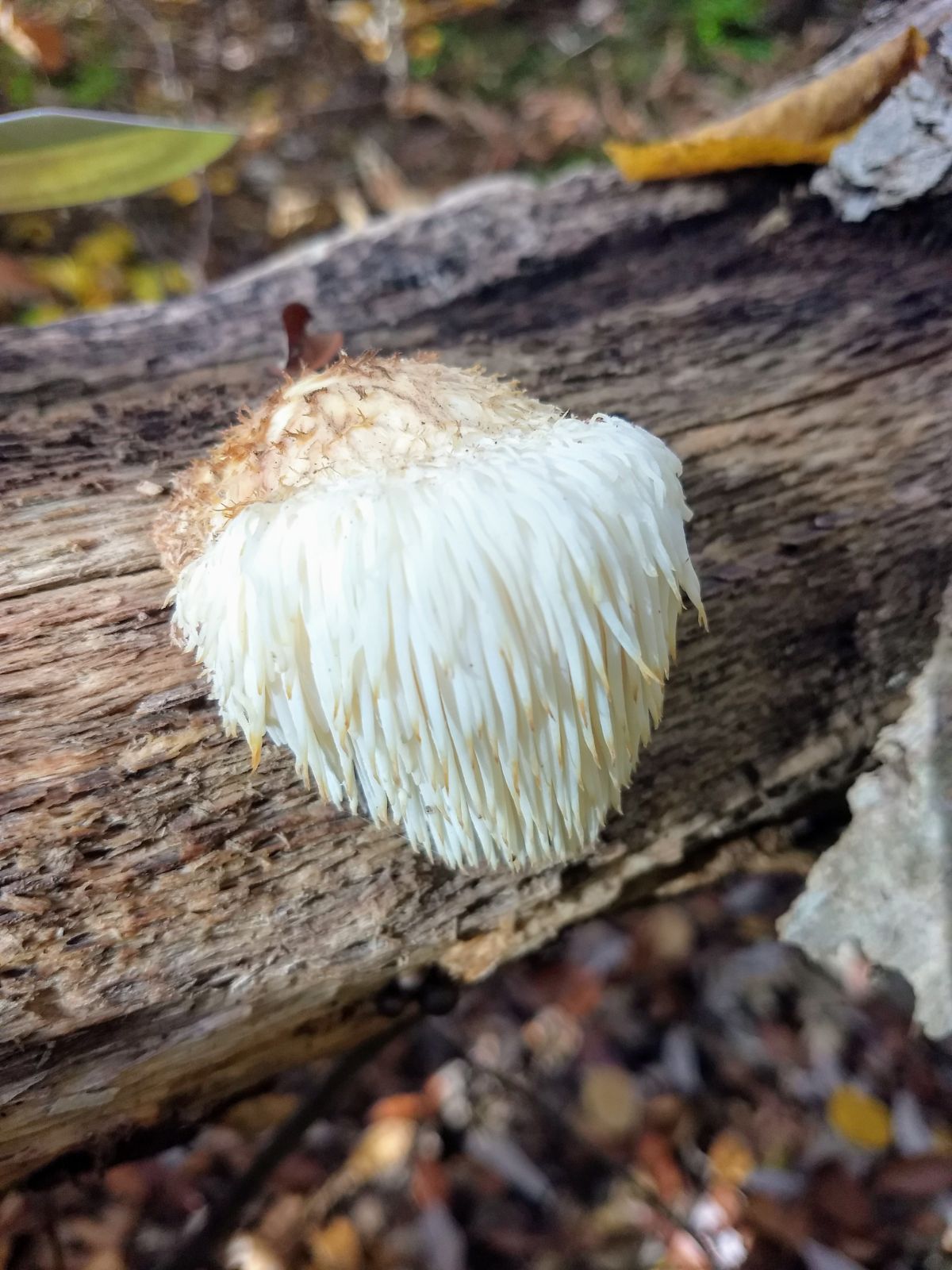
Giant Puffballs (Calvatia sp)
These massive white volleyball-sized mushrooms are found in meadows, fields, and forests in late summer and fall. The eastern version (C.gigantea) and the western version (C.booniana) of the giant puffball are both enormous and tend to be late summer/fall fruiters. The difference between the two is slight – the eastern puffball is entirely smooth, and the western puffball looks like it has warts. Only eat puffballs if the flesh inside is entirely white.
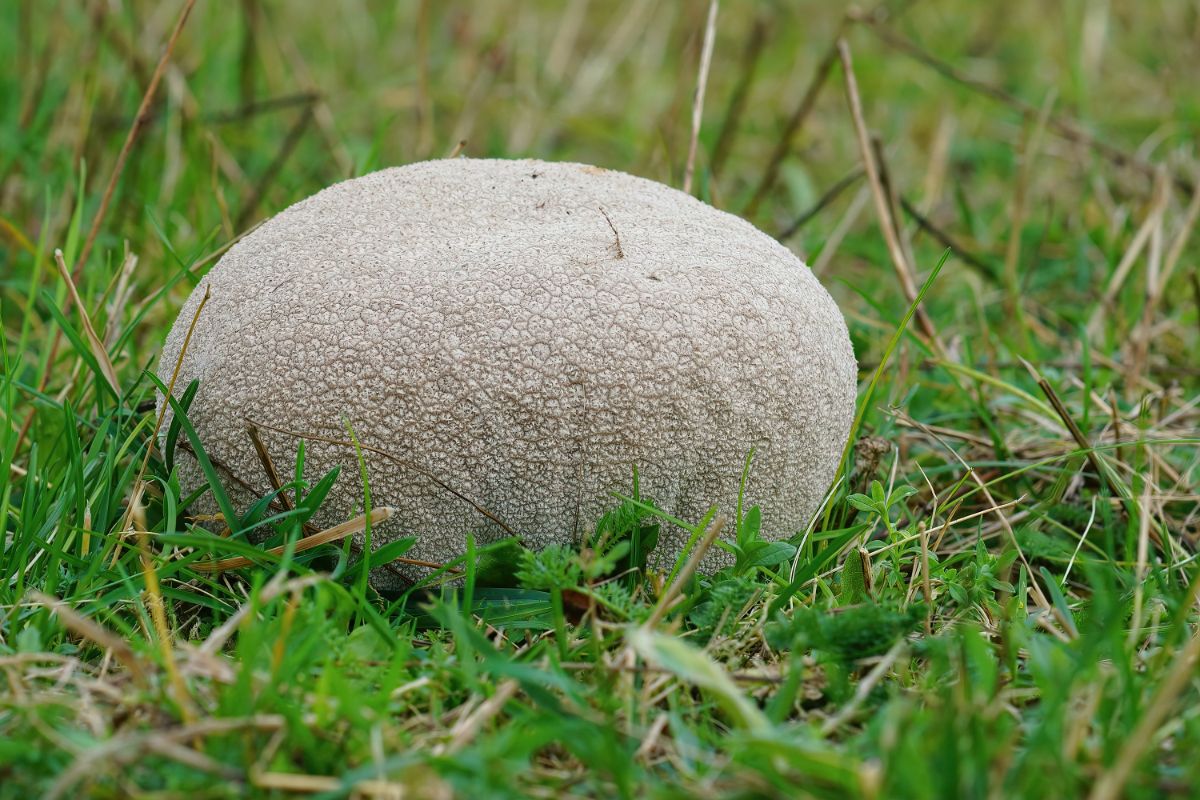
Black Trumpets (Craterellus cornucopioides)
A distinctive yet difficult-to-find edible, the black trumpet fruits in late summer and early fall. They tend to be more common in the fall, but it really depends on the weather. In the PNW, they might continue fruiting as late as November, but that’s super late in other places.
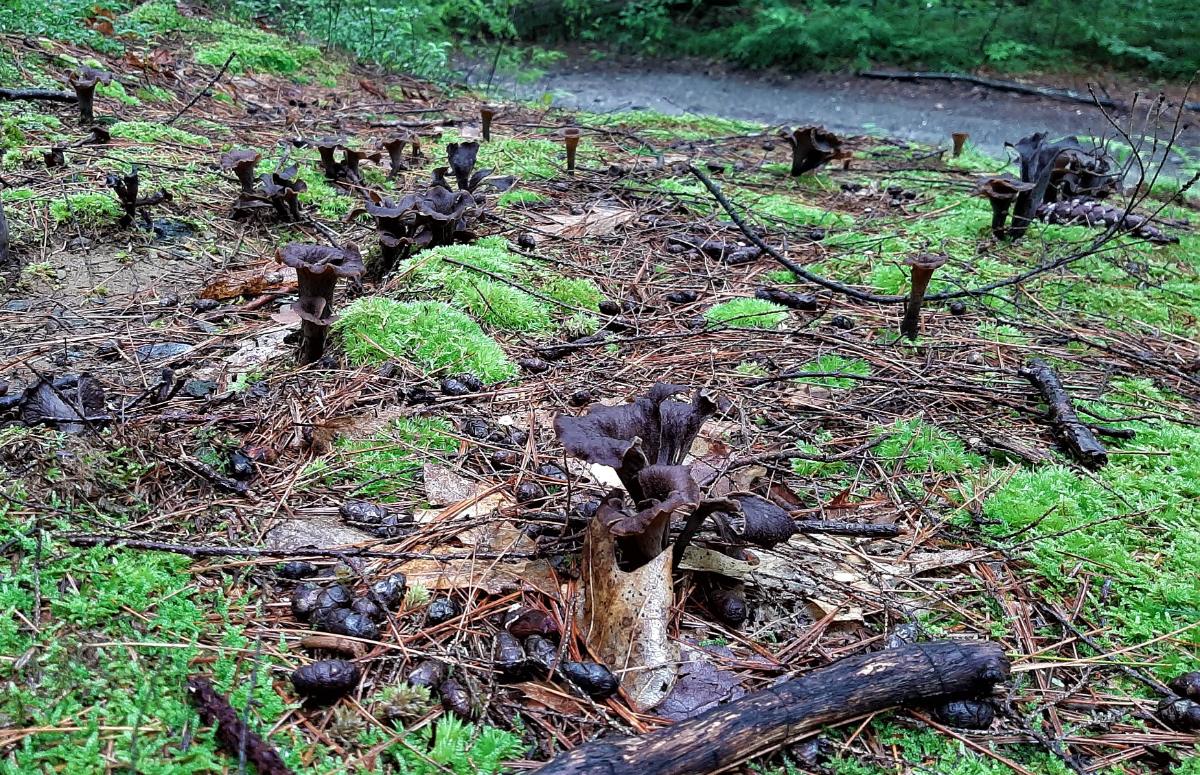
Hedgehogs (Hydnum sp.)
The meaty hedgehog mushroom starts fruiting in late summer and goes through fall. They are mostly resistant to rotting, which is fantastic because that means even older finds are often still edible.
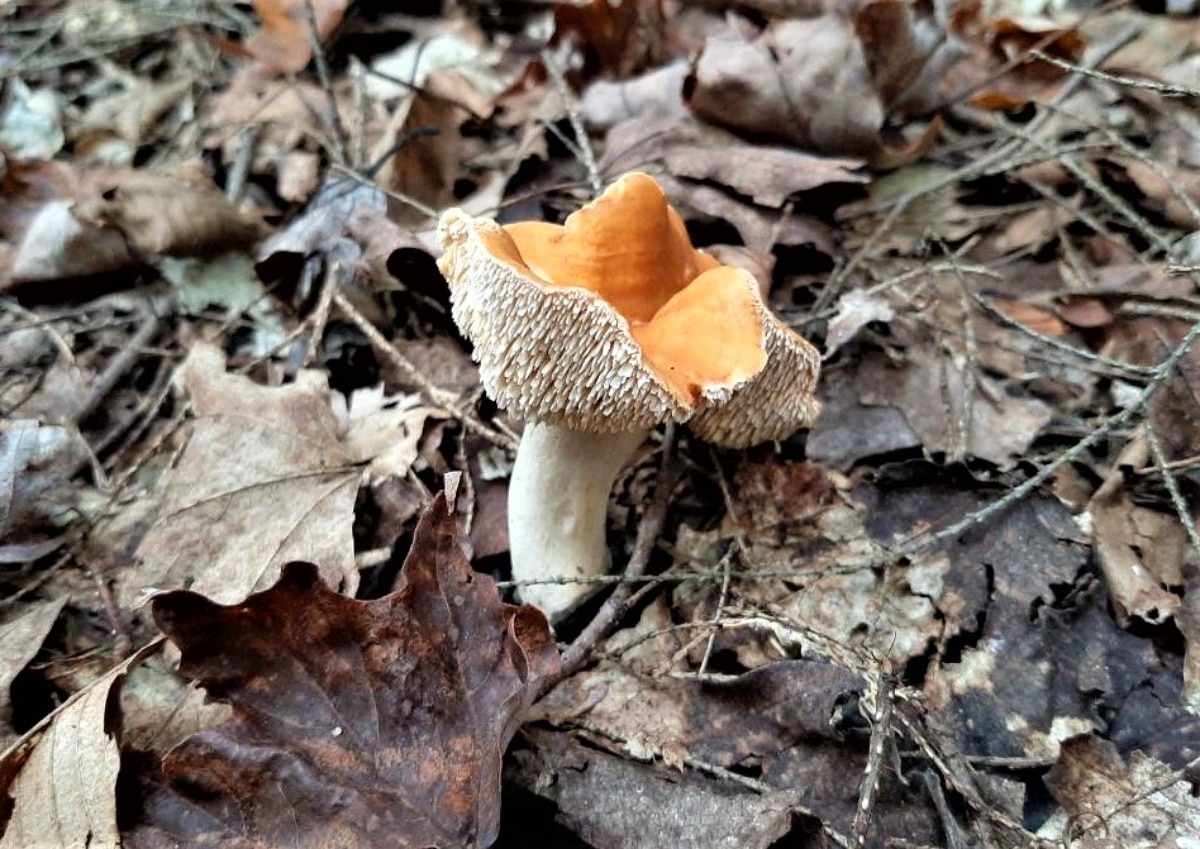
Hen of the Woods (Grifola frondosa)
The hen of the woods is the last big mushroom fruiting of the year in most places. They might show up as early as September in some places but usually don’t really start until October or November in cooler areas. Hen of the woods (also known as Maitake) grows in the same location year after year, so always pinpoint the location. Sadly, Maitake does not appear in the Pacific Northwest.
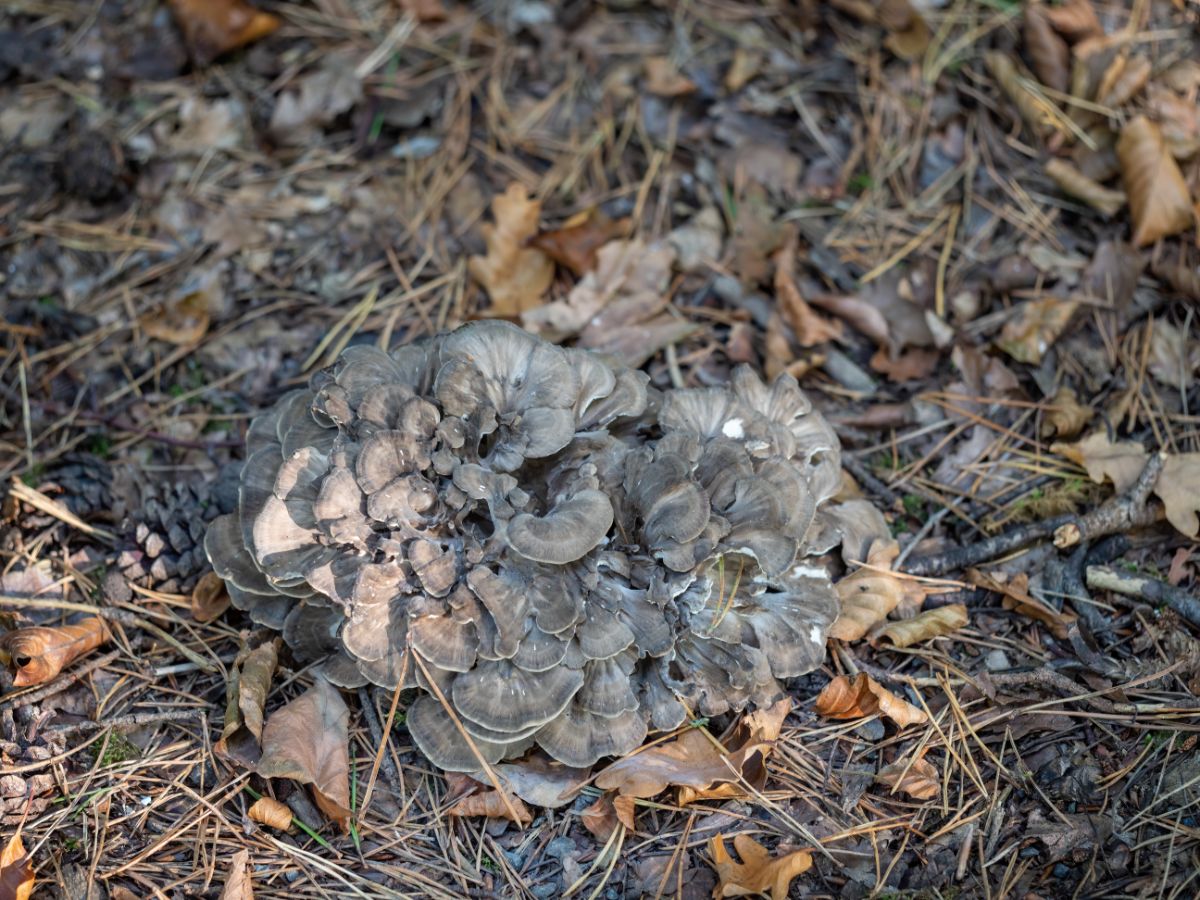
Tips For Mushroom Foraging Season Successes
To be an effective mushroom forager, you must learn the season of each species in your region. Be wary of hard and fast fruiting times, and be ready to become close friends with Mother Nature.
- Research the typical emergence times for each species.
- Ask experienced mushroom foragers from your region.
- Look into local online forums, like foraging groups on Facebook — make sure you find regional ones, so you know what’s happening in your area. A report from the PNW is useless for a person in the Northeast.
- Be prepared to be disappointed, surprised, and enchanted. Some years are super fantastic, and other years, well, you just have to be patient. Slow years are a great time to brush up on your identification skills and start learning new species for when it’s better foraging!
- As the climate changes, so does the customary time table for certain mushroom species. Long time foragers are noticing earlier and later fruitings, different from all their previous years of mushroom hunting. This isn’t necessarily a bad thing, as far as foraging goes. A forager just needs to remain adaptable, pay attention, and move with the seasons, however they appear.
- Get out in the woods as much as possible and start learning about the land where you are at.
Common Questions About Mushroom Foraging Season
When is the best overall season for mushroom hunting?
The best season to hit the woods looking for mushrooms is in the fall after deep rains. Many mushrooms like this cool, wet weather and there is likely to be more species out at this time.
However, if you’re looking for a particular species, you must research when (and if) it appears in your region.
Do mushrooms grow year-round?
Yes! This is especially true in warmer southern climates. Winter and snow slows down or stops most species, but some are hardier and don’t mind a little frost or snow covering. Lucky foragers in the PNW can forage year-round in good years.
Again, it all depends on the weather where you live and which mushrooms grow there.

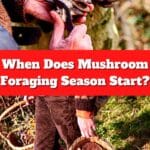




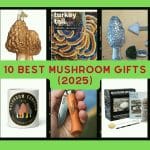
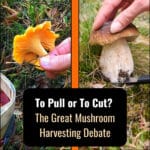
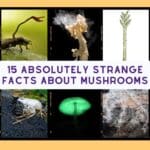
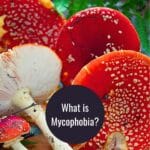
Leave a Reply